Nunnamujip (눈나무집)
5.7Km 2020-06-16
136-1, Samcheong-ro, Jongno-gu, Seoul
+82-2-739-6742
Nunnamujip is famous for a North Korean dish called, “Kimchi mari guksu”, which is a noodle dish in cold kimchi soup containing toasted laver, a boiled egg, and sesame. The soup is refreshingly cold and a little spicy. For “Kimchi mari bap”, a bowl of rice is put into cold kimchi soup instead of noodles. The taste is very unique. In addition to Kimchimari, “Tteokgalbi” is a popular dish on the menu as well.
The main restaurant is located in the basement, which has only limited seating capacity with a few tables. As a result, many people usually wait in line for lunch or dinner. A second franchise has opened in a three-story building across the street. To enjoy a quaint atmosphere, the first establishment is better, but the new one’s interior design is much more modern and fancier, giving it a fresh altering look.
Hangeureut (한그릇)
5.7Km 2021-03-18
136, Samcheong-ro, Jongno-gu, Seoul
+82-2-720-5613
A store that also serves delicious meat noodles. The best menu at this restaurant is rice soup. This is a Korean cuisine located in Jongno, Seoul.
Aldea Tradicional de Bukchon (북촌한옥마을)
5.7Km 2024-05-17
Gyedong-gil 37, Jongno-gu, Seúl
Bukchon era la aldea de la clase noble en la antigüedad. Todas las casas tradicionales de la clase alta siguen preservándose hasta el momento, conservando sus estilos arquitectónicos. Solo había unas treinta casas en la antigüedad, pero la zona se desarrolló tras la Guerra de Corea. La Aldea Tradicional de Bukchon es una zona de viviendas tradicionales, que ha compartido los 600 años de historia con los palacios que se encuentran en sus cercanías, como Gyeongbokgung y Changdeokgung, y el Santuario de la Realeza Jongmyo. Las calles del barrio son estrechas y curvadas como ramas de árboles, lo cual demuestra el paisaje urbano, típico del lugar. Hoy en día, estos lugares transmiten indirectamente un ambiente de la época de Joseon, mediante restaurantes de comida coreana, centros culturales, etc. El nombre de la aldea “Bukchon” (buk en coreano significa "norte") fue acuñado por estar ubicado al norte del arroyo Cheonggyecheon y de Jongno. Está formada por las calles Wonseo-dong, Jae-dong, Gye-dong, Gahoe-dong e Insa-dong, y en tiempos antiguos residían allí los altos funcionarios o los miembros de la realeza.
Yeojingop (여진곱)
5.7Km 2021-03-19
430, Samil-daero, Jongno-gu, Seoul
+82-2-762-5157
A gopchang (intestine) restaurant located near Nakwon Music Mall. The best menu at this restaurant is beef small intestine hot pot/pork small intestine hot pot. This is a Korean cuisine located in Jongno, Seoul.
Seonbiok (선비옥)
5.7Km 2021-03-19
32, Jong-ro 17-gil, Jongno-gu, Seoul
+82-2-764-2214
This is a Korean cuisine located in Jongno, Seoul. A restaurant located near Tapgol Park. The best menu at this restaurant is grilled spareribs.
Rakkojae Seoul Bukchon Hanok Hotel [Korea Qaulity] / 락고재 서울 북촌 한옥호텔 [한국관광 품질인증/Korea Quality]
5.7Km 2021-10-27
49-23, Gyedong-gil, Jongno-gu, Seoul
The main building in Seoul is a traditional Korean cultural space renovated by Jeong Yeong-jin, a human cultural asset, from a hanok with a history of 130 years. Traditional flags, fences, pavilions, chimneys, and jangdokdae are holding the blue sky with pine trees, creating a harmonious Korean-style house. Passing through the elegant tall gate, as you see the jangdokdae, a small but clean hanok will be revealed, and the pine trees and bamboo trees added to the natural beauty, while the loving Gomusin placed on the stone brings back beautiful memories.
Rakkojae is a place where the customs of the aristocrats in the past are melted in various places, creating a wonderful atmosphere by carefully reviving the pavilion, ponds, and daecheongmaru. Especially, Daecheongmaru adds the beauty of the margins of hanok to give you a sense of refreshment. As the old scholars did, sitting on the pavilion makes the time flow slow and the wind that passes over the Sotdae feels special.
In addition, you can experience the beauty of Korean tradition with various programs such as tea ceremony, jjimjilbang, royal robes, and kimchi-making along with traditional Korean food. Rakkojae's accommodation, reminiscent of a nobleman's house in the Joseon Dynasty, is well-kept and comfortable that it is comparable to a luxury hotel, and the natural jade-covered ondol rooms and firewood jjimjilbangs made of cheongito provide a healthy journey for many guests.
Hotel Crown Insadong (호텔 크라운-인사동)
5.7Km 2021-02-10
9, Samil-daero 30-gil, Jongno-gu, Seoul
+82-2-3676-8000
Hotel Crown is a premier hotel that was renovated in May 2002. The hotel is in close proximity to Jongno and Insa-dong, making it a convenient place to stay for tourists.
Dongdaemun Heopajip (동대문허파집)
5.7Km 2021-03-19
26, Jong-ro, 17-gil, Jongno-gu, Seoul
+82-10-4445-7672
A barbecue specialty restaurant located in Tapgol Park, Seoul. A store that uses only Korean beef. The most famous menu is grilled beef small intestine/grilled pork small intestine.
Centro del Hanbok de Namsan Seoul Tower (남산서울타워 한복문화체험관)
5.7Km 2021-02-04
Namsangongwon-gil 105, Yongsan-gu, Seúl
Está situado en el subsuelo B1 de Namsan Seoul Tower y cuenta con varios salones tematizados para hacer fotografías memorables con hanbok, el traje tradicional coreano.
Namsan Seoul Tower (남산서울타워)
5.7Km 2024-06-21
Namsangongwon-gil 105, Yongsan-gu, Seúl.
Abierta al público el 15 de octubre de 1980, la Torre de Seúl ha sido designada como una importante atracción turística, desde la que se puede tener una hermosa vista panorámica de Seúl. La Torre de Seúl, de 236,7 metros de altura, construida sobre el monte Namsan –de 243 m–, ha sido conocida como la mejor torre de Asia. Tras 30 años de apoyo ferviente de los turistas, fue remodelada el 9 de diciembre de 2005.
La letra N significa “nuevo”, por su aspecto, y fue invertido un coste de construcción total de 15 mil millones de wones en dar a la Torre de Seúl su nueva apariencia. Con la construcción del nuevo sistema de alumbrado, varía en cada estación o evento. Además, la iluminación, con el tema de “La flor de Seúl”, tiene lugar desde las 19:00 hasta la medianoche, con el empleo de 6 reflectores distintos desde diferentes ángulos.
El lobby cuenta con una Zona Multimedia, una Sala de Experiencia del Pabellón, salas de exhibiciones y salas de actuaciones. También hay el restaurante N Grill, de estilo occidental, que gira 360 grados cada 48 minutos, y el Sky Restroom que ofrece comodidad y vistas panorámicas de Seúl; ambos son ideales para parejas y amigos.
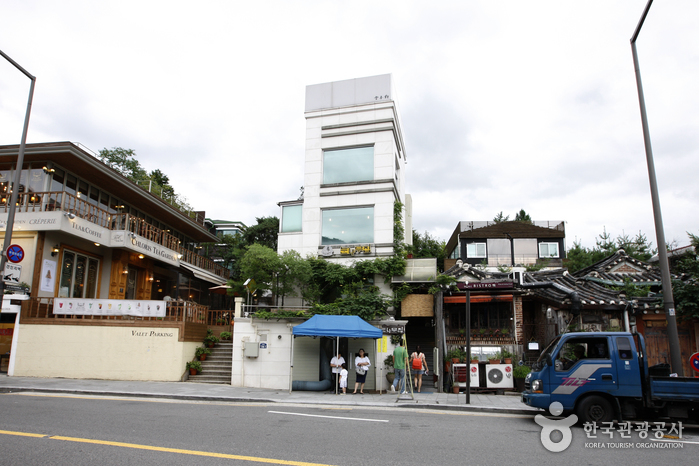
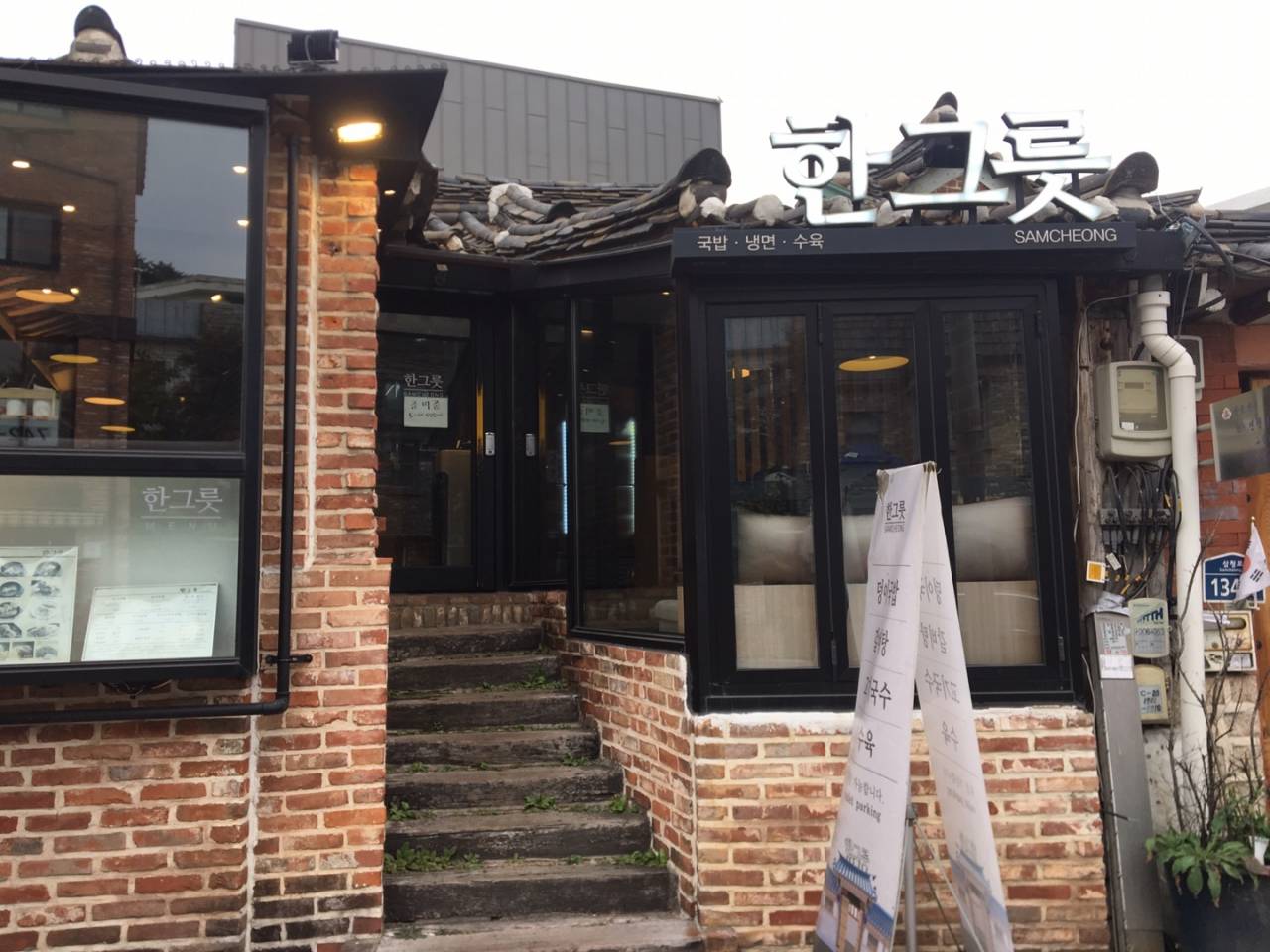
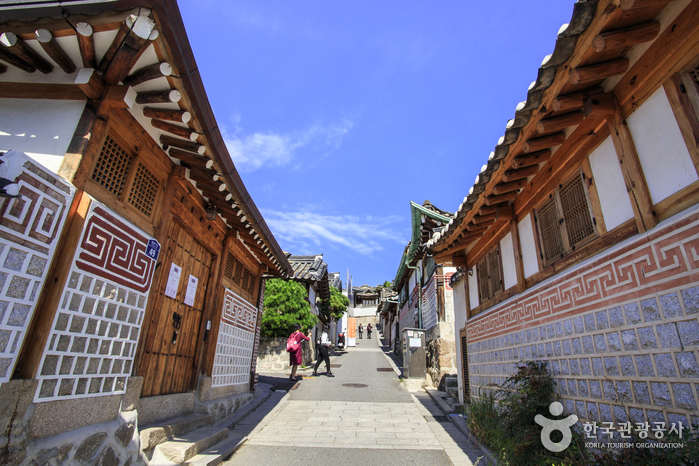
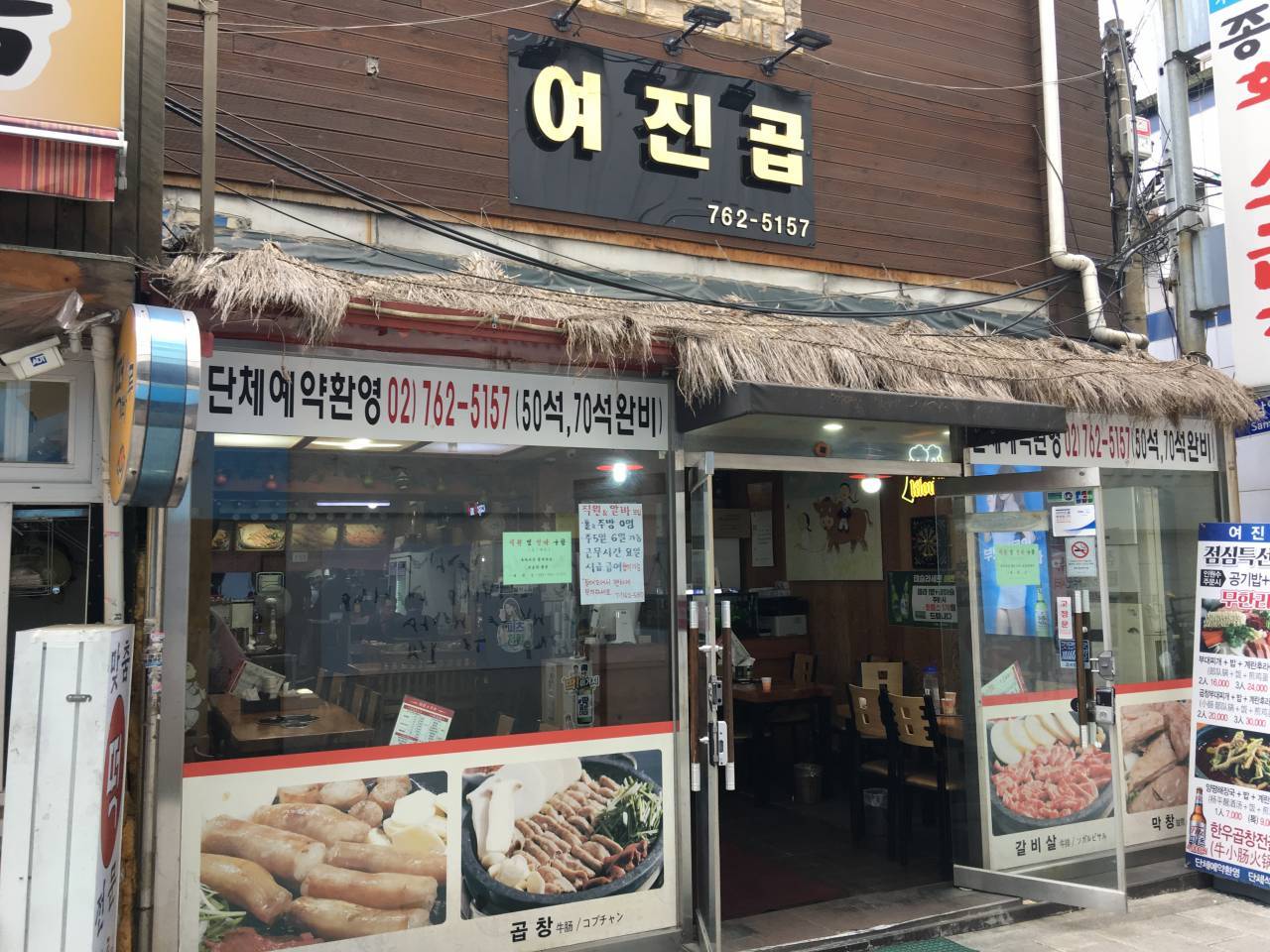
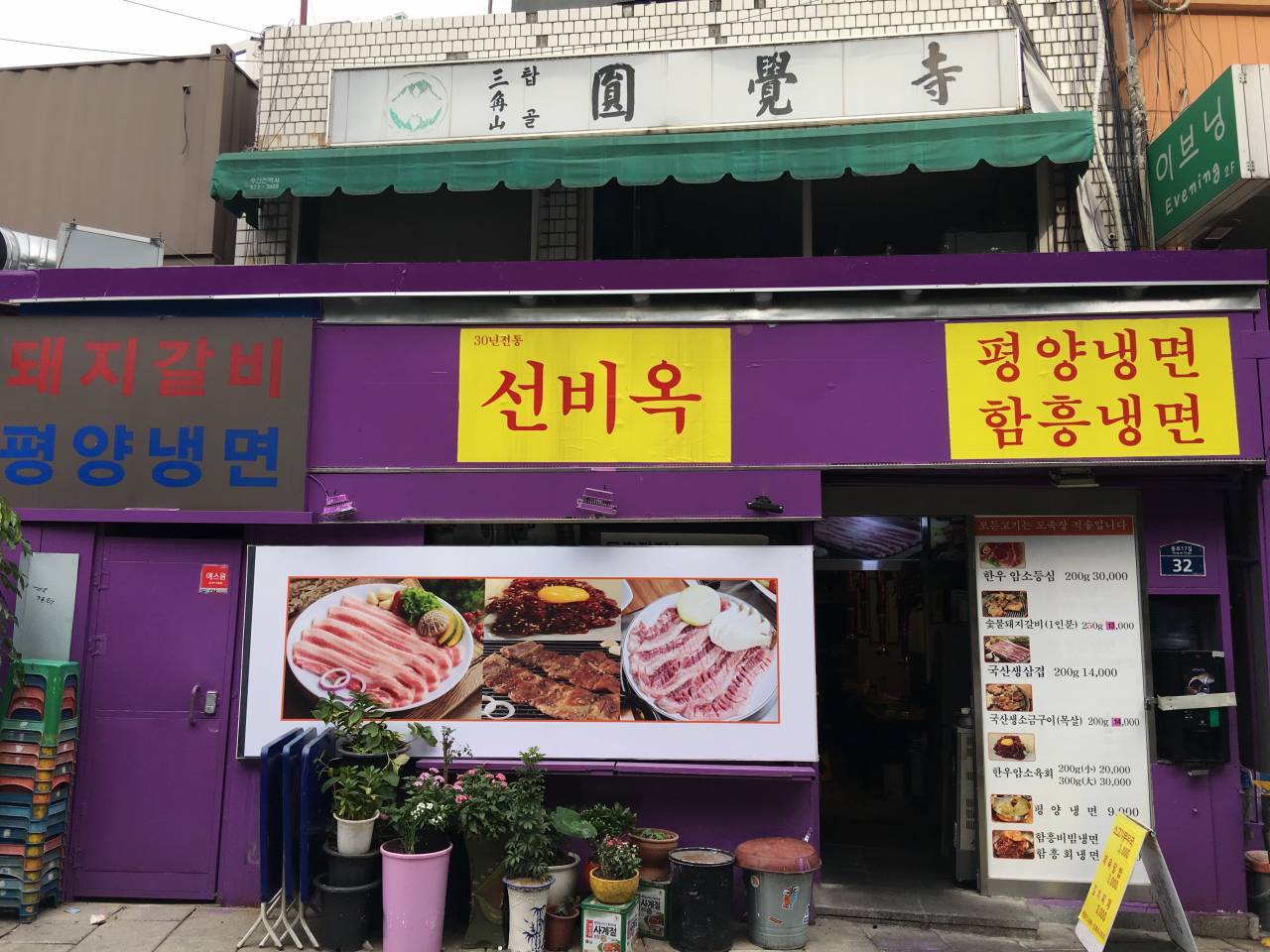
![Rakkojae Seoul Bukchon Hanok Hotel [Korea Qaulity] / 락고재 서울 북촌 한옥호텔 [한국관광 품질인증/Korea Quality]](http://tong.visitkorea.or.kr/cms/resource/40/2698240_image2_1.jpg)

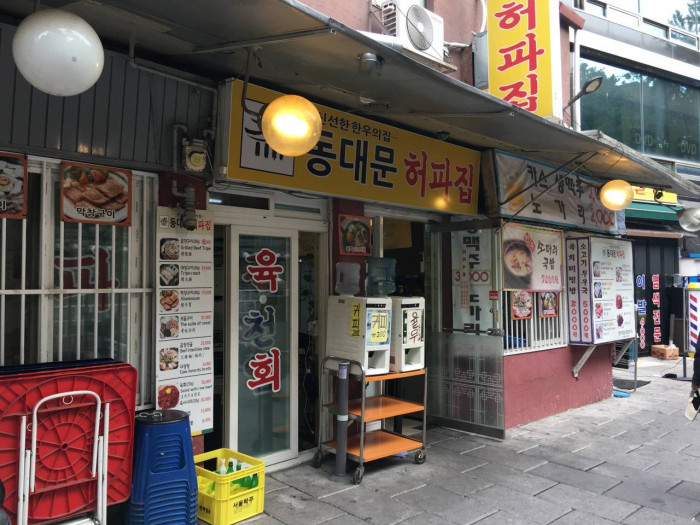
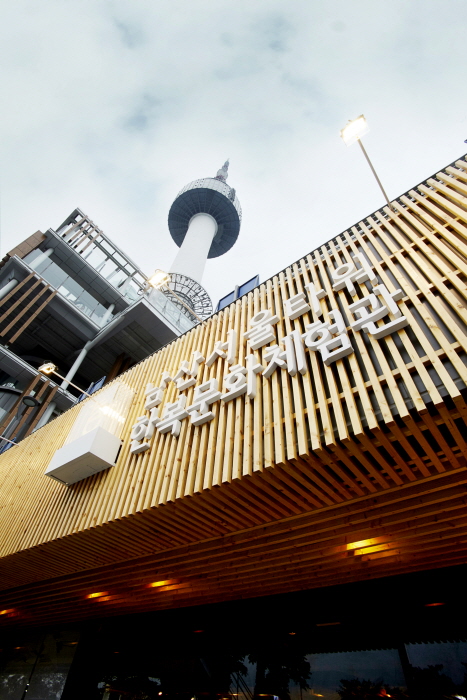
 Español
Español
 한국어
한국어 English
English 日本語
日本語 中文(简体)
中文(简体) Deutsch
Deutsch Français
Français Русский
Русский